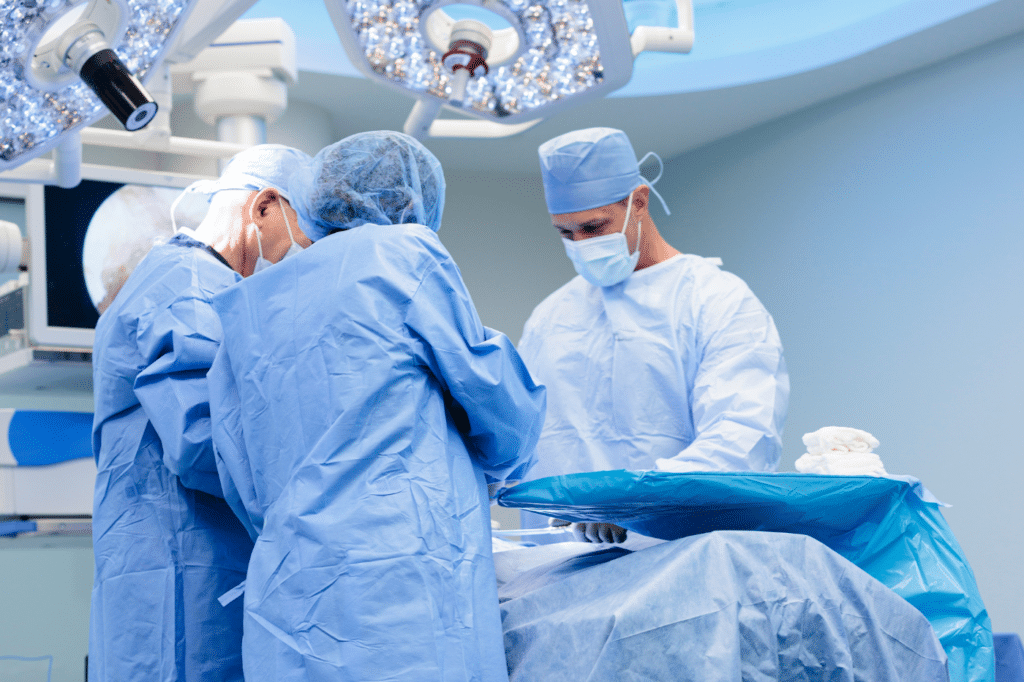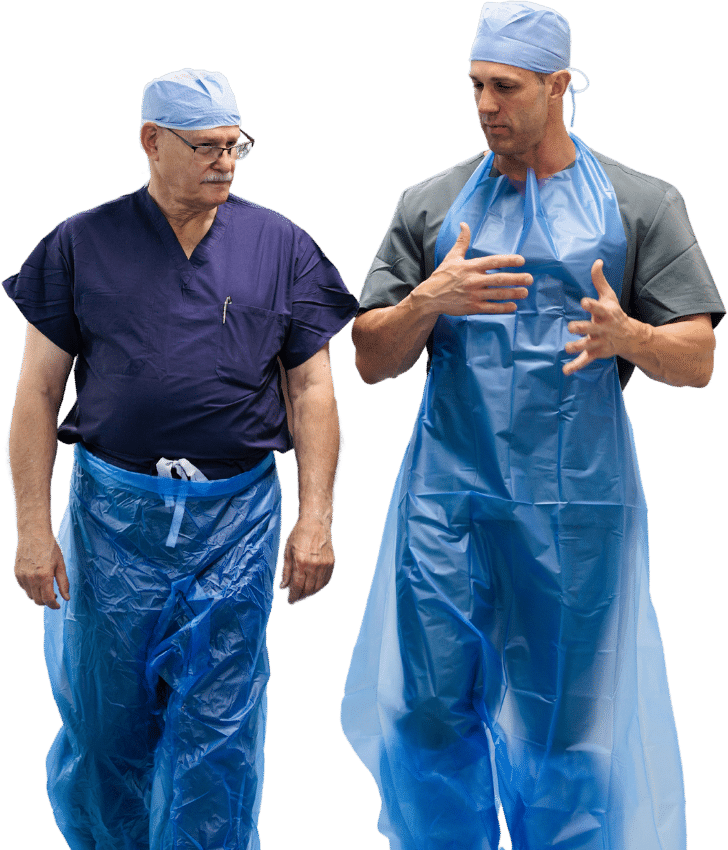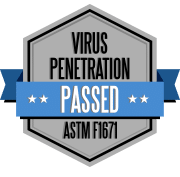Okay, we’ll be the ones to say it: there’s a lot of bodily fluids discharged during surgery and hospitals are germ factories.
No one joined the operating room staff or took a role as a healthcare worker because they wanted to stay clean. But just because you accept that truth doesn’t mean you have to accept the risk of HAIs. If you’ve ever seen an open wound or a super-sick patient and thought, “I’m worried,” you’re not alone.
No matter how much your facility is cleaned and disinfected, the risk of confirmation or transfer of diseases while on a shift in a hospital or other healthcare facility is real.
What is an HAI?
HAI stands for Healthcare Associated (or Healthcare Acquired) Infection, which people get when giving or receiving care and treatment in healthcare facilities. The CDC says on any given day, 1 in 31 hospital patients has an HAI (an infection while being treated in a medical facility).
Factors that increase the risk of contracting an HAI:
- Invasive procedures
- Severity of illness
- Not adhering to best practices for prevention
- Overuse or improper use of antibiotics
- Exposure to blood, mucous membranes, and other bodily fluids
HAIs can range from the common cold to severe infections. In fact, many HAIs are caused by serious antibiotic-resistant bacteria and can lead to sepsis or death. While HAIs can be linked with high morbidity and mortality, that is where PPE (personal protective equipment) comes in to help keep you and your patients safe.
The role PPE plays against HAIs
Disposable products have been deemed as a safer alternative than reusable devices in the quest to prevent HAIs. Why? Because even when decontaminated properly, reusable devices can still lead to infection.
Hospital-acquired infections are serious problems for healthcare systems. To reduce the spread of healthcare-associated infections, the CDC recommends that you rely on single-use personal protective equipment (PPE), such as:
- disposable isolation gowns
- gloves
- face masks
- eye protection
- and more
The National Library of Medicine has indicated that the availability of personal protective equipment is considered a legitimate strategy available for the prevention of HAIs. They also call the use of personal protective equipment one of the most important human factors in combating the spread of HAIs.
Proper use of PPE is key
Healthcare systems depend on the effective cooperation of all hospital staff when it comes to PPE. Improper wear of PPE prior to providing patient care can and will increase the presence of HAIs.
Sometimes, there can be situations where lapses in PPE training can be seen. For example, the frontline worker may forget to remove jewelry or their watch before putting on PPE, omit a second pair of gloves over the cuff, or forget to perform proper hand hygiene with soap and water on gloved hands before taking off PPE. All of these PPE mishaps can result in a poor outcome related to the spread of HAIs.
Sloan Medical wants to help healthcare professionals prevent the spread of HAIs. While there is no foolproof way to do so, using our PPE is a key step in protecting patients and healthcare workers from these infections. Manufactured in North America so as to avoid supply chain holdups, Sloan makes it easy to overhaul your PPE program quickly. Request a free sample today.
